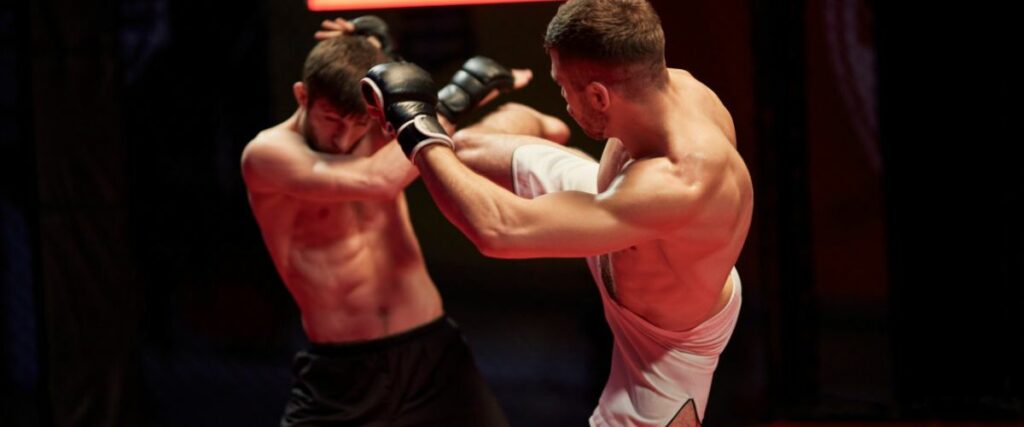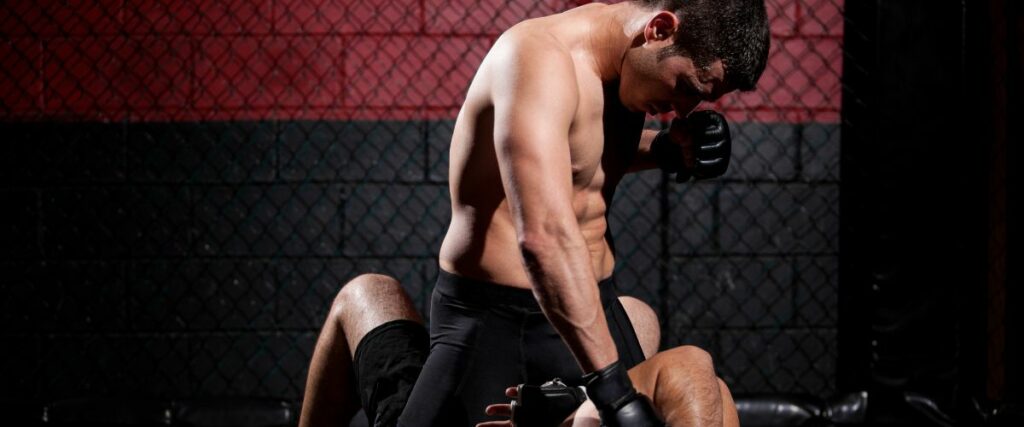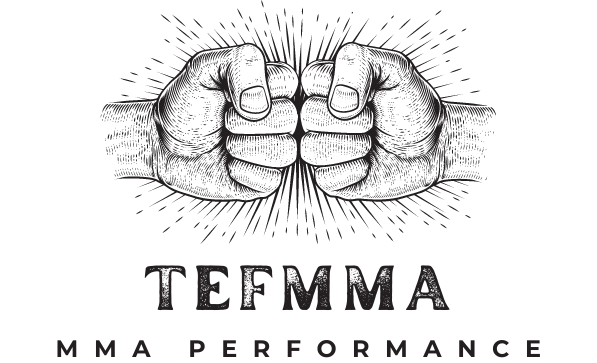Pride FC made an unrepeatable mark in the MMA world for the few short years it existed. They had the biggest production, the craziest fights, and many of the best fighters on the planet. But why did it go out of business if it was so good?
Due to links with the Japanese mafia, Pride FC lost its TV deal and most of its revenue in 2006, and it was purchased by the UFC a year later.
Many MMA fans reminisce about the glory days of Pride FC as the best times in the sport’s history. While that is a subjective thing many people disagree on, Pride did create history and was a crucial part of the development of MMA to where it is today. So it’s worth it to educate newer fans about what happened to Pride FC.
Why Do People Love Pride FC?
The Japanese promotion took the young sport of MMA, sprinkled it with professional wrestling entertainment, and created a worldwide phenomenon over a few short years. What made them so special was the focus on spectacle and entertainment.
Each event began with a huge opening ceremony, fighters made grand entrances, and no expense was spared in creating the most spectacular atmosphere possible.
The organization was created in 1997, but it was in 2000 that it truly exploded with the first open-weight Pride Grand Prix, which sought to find the best fighter on the planet. Mark Coleman won the 16-man tournament, which was the first Pride event televised in the USA.
The next few years saw Pride FC explode worldwide, attracting millions of viewers. When Pride joined forces with K1, also in its golden period, their co-production Shockwave/Dynamite gathered an insane live audience of 91,107 people.
All the production would not be enough to captivate the fans if the fights were dull, and they were anything but. The Pride rules, which we will detail further in the article, were more liberal than the Unified Rules of MMA used in the UFC.
The rules promoted striking battles and were not favorable to wrestlers at all. Using a ring instead of a cage further disfavored grapplers. The heavy focus on spectacle meant wild exchanges, bloody battles, and knockouts were preferred by both the organization and the fans.
Pride FC also made it very clear they did not test the fighters for banned substances. There were no athletic commissions in Japan to observe this as well, meaning they had the best fighters in their prime who were also enhanced and paid very well to fight in an aggressive style. It’s easy to see why many fights were so entertaining and fondly remembered.
Fedor Emelianenko, Mirco Cro Cop, Wanderlei Silva, Antonio Nogueira, and Mark Coleman, among other fighters, became worldwide stars and created some of the most memorable fights in the history of MMA under the Pride FC banner.
Why Did Pride Go Out Of Business?

It all ended abruptly in 2006, though, because Pride lost its main source of income due to links with the Japanese mafia. Since its beginning, Pride FC has had strong ties with the Yakuza, which funded the organization’s creation.
While the ties with the Yakuza were not a secret, a series of detailed articles written in a Japanese tabloid exposing Pride as a front for the mafia forced Fuji TV to terminate their contract with Pride FC.
Since the TV deal was their primary source of income, Pride instantly became unsustainable, especially considering the amount of expensive production that went into each show.
The details in the open showed Pride FC as quite a shady organization, especially early on. There were accusations of fixed fights in favor of Japanese fighters (Mark Coleman admitted that he took a dive against Takada).
Another way Pride influenced fight outcomes and, by extension, betting odds were by scheduling fights for some fighters on short notice. While some fighters had full training camps to prepare, others only had a week or two of notice.
They were severely limiting their chances of winning and increasing the possibility of the mafia influencing gambling odds.
What caused the loss of the Fuji TV deal in June of 2006 was the fact the old president of Pride, who mysteriously hung himself in his hotel room, and the man who took over the position, Nobuyuki Sakakibara, had strong ties with the Yakuza, which were now public knowledge.
Pride did hold a few more events after its demise from mainstream television, but in 2007, it was announced that the UFC would purchase all of Pride FC’s assets. The plan was to keep the organization running in Japan.
Still, with no domestic partners willing to risk working with Pride FC, the organization was completely shut down, with most of its big names going over to fight for the UFC.
Rizin FF The Successor
The founder of Pride FC, Nobuyuki Sakakibara, who remained chairman to the very end of the organization, continued working in the MMA business and operated the organization known as Dream.
However, due to financial problems, it also stopped its operations in 2012. Just 3 years later, though, Sakakibara returned with the creation of Rizin FF, which was the spiritual successor of Pride FC.
Rizin followed many of the same aspects that made Dream famous. More liberal rules allowing soccer kicks and knees to a downed opponent, organizing Grand Prix events, and all-out magnificent ceremonies and production.
While the first few Grand Prix events were comparable in size and roster to Pride events, it has since been scaled back, and most fighters are now Japanese. Rizin remains the leading organization in Japan, hosting several high-quality events each year.
Recently, they have abandoned some of its unique aspects, such as the 10-minute first round. In 2021, a cage was used for the first time instead of a ring, making Rizin FF more standardized with the rest of the MMA world.
Was Pride Better Than The UFC

The fact is that Pride FC was unmatched in its magnitude, production scale, and popularity. There is no debate about whether Pride was better at the time, but many people think it is better than the UFC in general.
The fighters, the setting, the rules, the matchmaking—everything was geared towards creating the best viewer experience, and this is what we got. In the end, the UFC turned out to be much better as a business, and it legitimized the sport of MMA in the mainstream, something Pride would’ve likely never achieved.
Debating which is “better” is fruitless because both organizations greatly influence the history of the sport we love. Each has its important role. Nonetheless, many fans will remember the craziness and magnitude of Pride FC more fondly.
UFC vs. Pride Rules
The rules are a big part of what makes Pride unique. By the early 2000s, the Unified Rules of MMA were created and systemized in the UFC. Still, Pride took a different route and used a much more liberal ruleset. Here are the most important differences:
Rounds length
While all UFC rounds are 5 minutes long, Pride used a 10-minute first round and 5 minutes second and third rounds. The rests were longer as well, at 2 minutes.
Ring
MMA matches are usually held in a cage, which is more suitable for grappling and wrestling. Perhaps this is one of the reasons Pride FC always used a 7-meter ring instead.
Soccer kicks and stomps
Another crucial rule in Pride FC was the allowance to kick and stomp a downed opponent. Not only did this rule create some fierce highlight reel knockouts, but it dissuaded grapplers from spending too much time on the ground and stalling the action.
Attire
The UFC allows only shorts as fight attire. Still, in Pride, fighters could wear several things like wrestling shoes, gis, pants, kneepads, elbow pads, and even face masks. However, each piece of equipment must be inspected by the referee and deemed safe enough. The fingerless gloves were the same for everyone, and mouthguards were mandatory.
Piledrive
Whereas spiking an opponent on his head is forbidden under the Unified Rules, it was completely legal under the Pride Rules, creating some timeless photo shots.
No elbows
What you may find strange is that despite the use of stomps, soccer kicks, and spiking, Pride FC rules did not allow the use of elbows to the head of the opponent. Regardless of whether he is standing or on the canvas.
Summary
Pride FC was the best MMA organization from 2000 until its demise in 2007. The company lost its TV deal, which was its main source of income, due to links with the Japanese mafia. The UFC bought Pride in 2007, and most of the best fighters strengthened the roster of the American organization.
